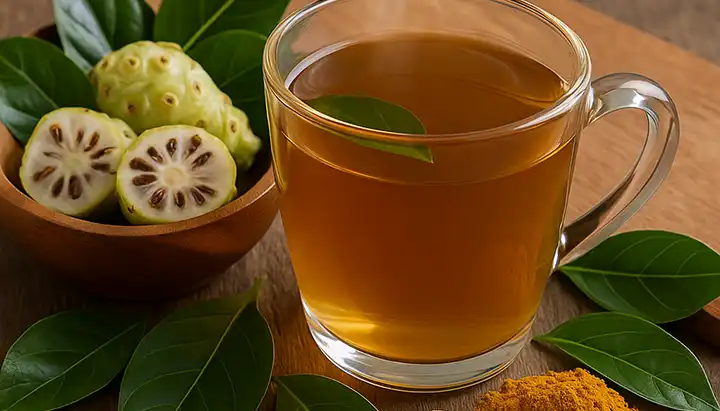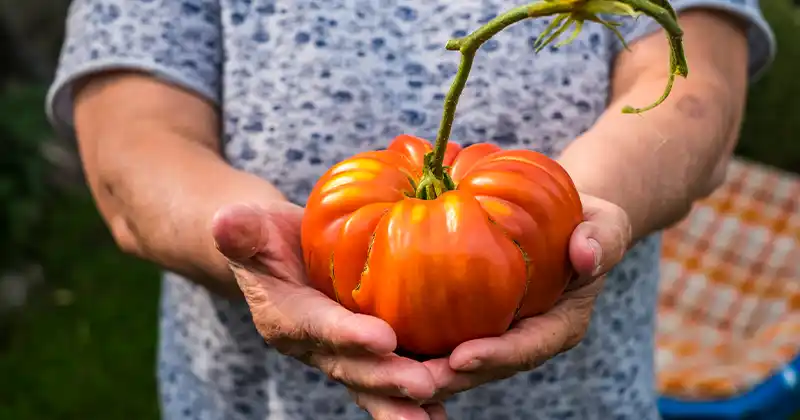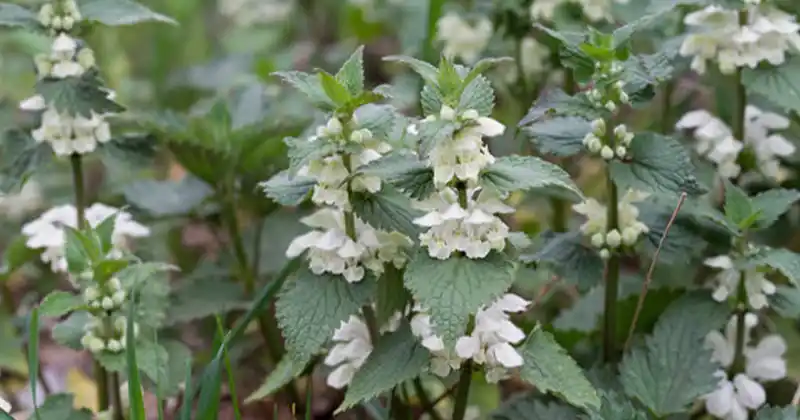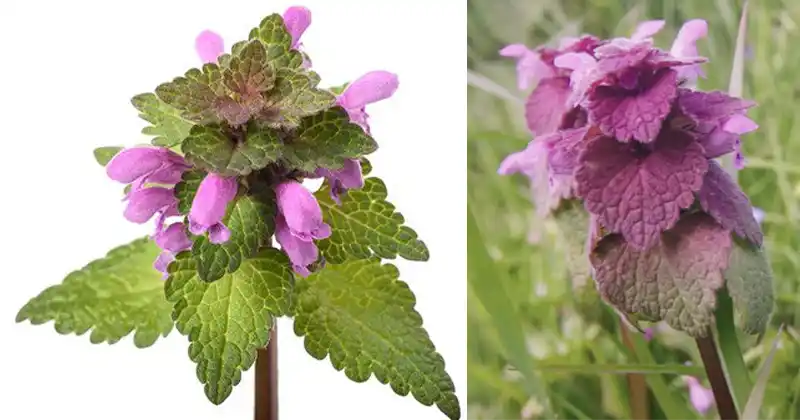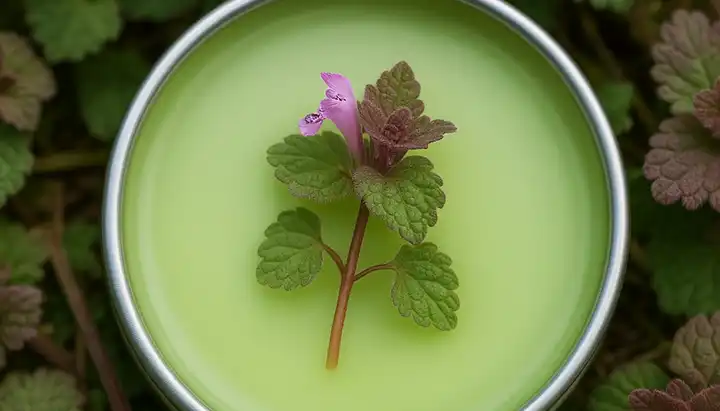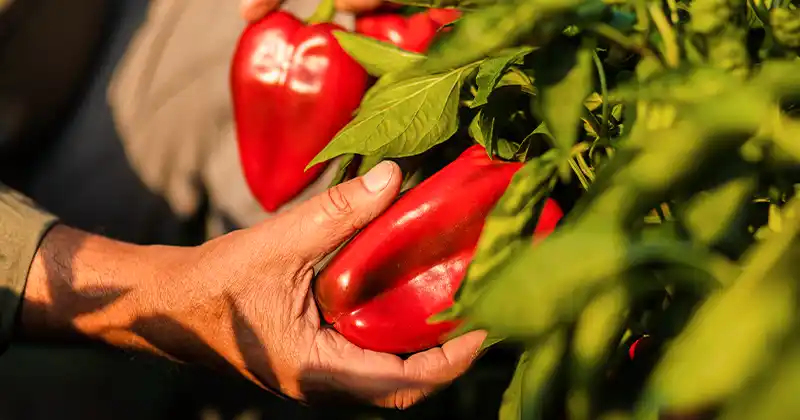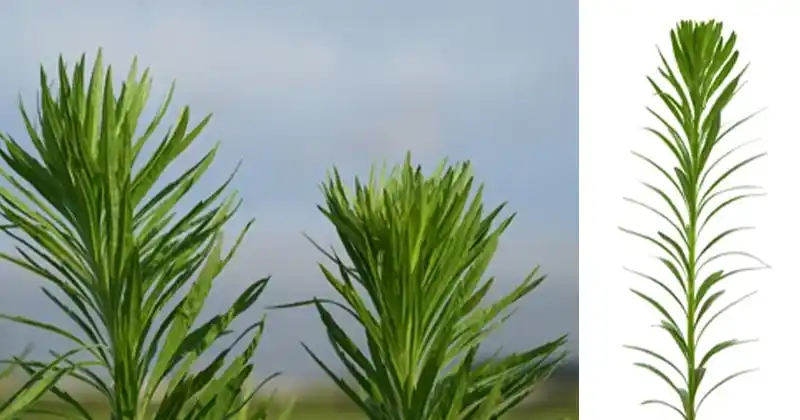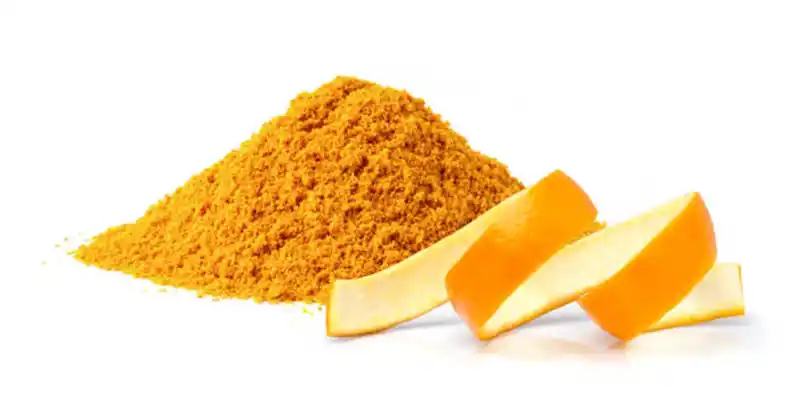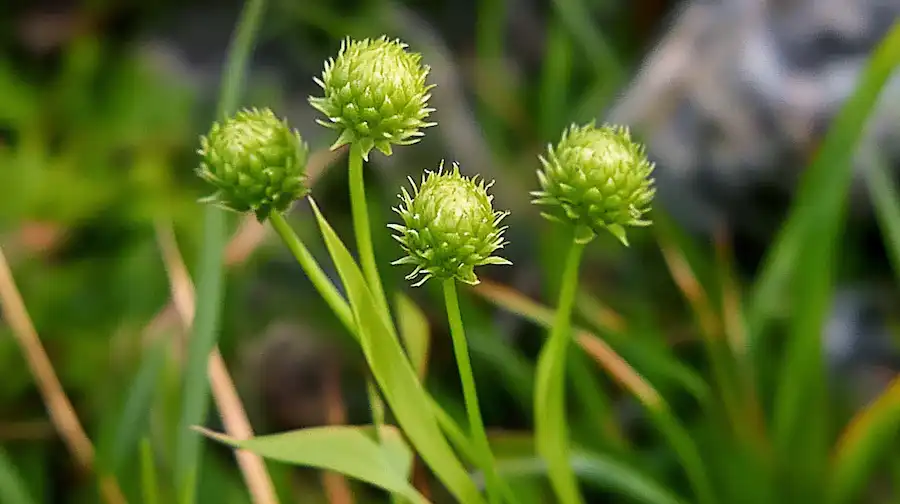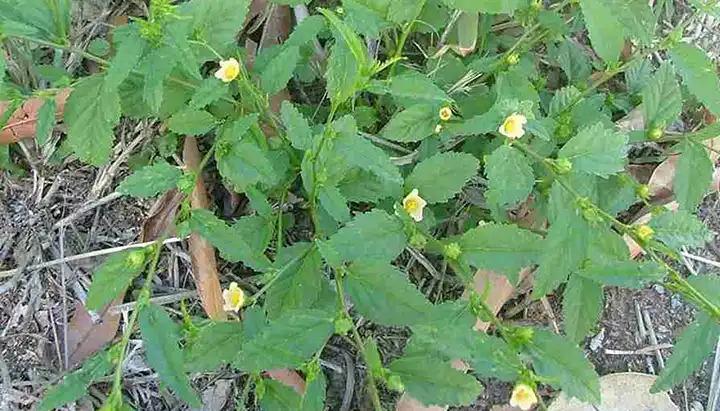Plant Onions with These Special Supplements for No Pests, High Yield, and Great Taste
Growing onions can be a rewarding experience, but it requires proper techniques and special supplements to ensure a healthy, pest-free crop. In this guide, we will explore the steps and nutrients needed to grow robust onions with high yields and great taste.
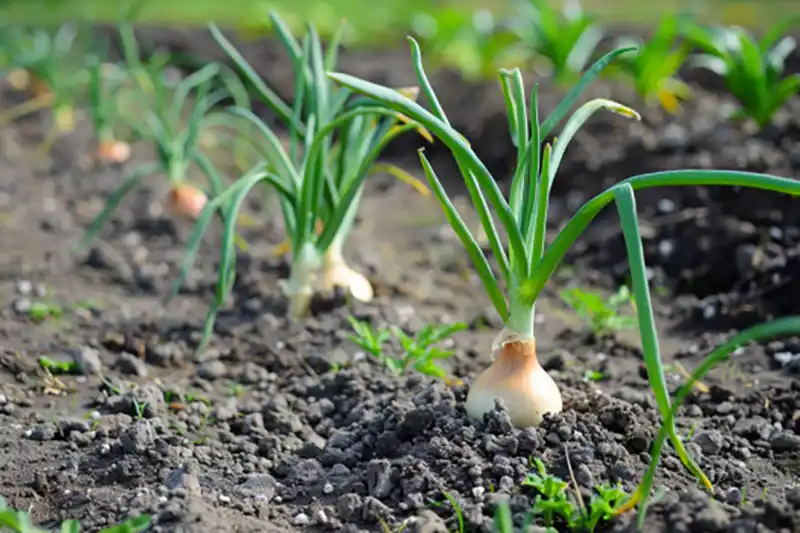
Choosing the Right Onion for Planting
The first step in growing successful onions is selecting the right bulbs. Choose healthy, firm bulbs and discard any that are soft or showing signs of rot. Planting from seeds is also an option and often preferable because onions that develop from seeds adapt better to the local climate.
Preparing the Soil
Healthy soil is the foundation for any successful crop. Onions thrive in soil rich in organic matter. Before planting, enrich your soil with humus, compost, and manure. This ensures that the soil contains all the necessary nutrients for the onions to grow.
Using Mycorrhiza
Mycorrhiza is a beneficial fungus that enhances nutrient absorption in plants. Add a small amount of mycorrhiza to the soil where you will plant your onions. A little goes a long way – approximately 5 grams per plant. Mycorrhiza should be applied directly under the onion bulb to ensure it connects with the plant’s root system.
Applying Wood Ash
Onions benefit greatly from the application of wood ash. Ash acts as a natural pest deterrent and provides essential nutrients like calcium and potassium. Before planting, sprinkle wood ash around the planting area. This creates a protective barrier against pests and enhances the soil’s fertility.
Planting Onions
Onions should be planted shallowly, with the bulb just below the soil surface. Create small holes about the size of a fist, place a bit of mycorrhiza at the bottom, and position the bulb so that the root end is down and the tip is up. Cover the bulb lightly with soil.
Companion Planting
Consider planting onions alongside carrots and parsley. These plants complement each other and help repel pests naturally. Avoid planting onions in the same spot each year to prevent soil depletion and disease buildup. Rotate your crops and plant onions where tomatoes or squash were previously grown.
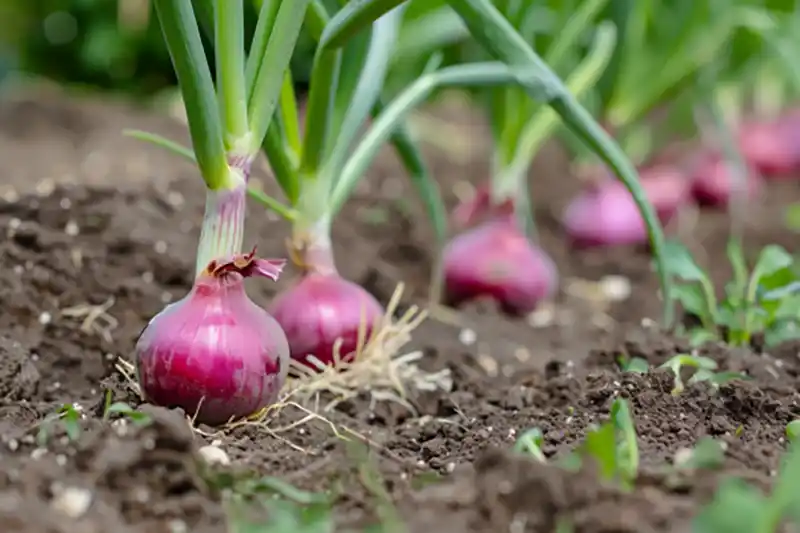
Supplementing Nutrients for Large, High-Quality Onions
As onions reach the final stages of growth, it’s crucial to give them a nutrient boost to ensure large, healthy bulbs. This can be done through soil and foliar feeding. Here’s a detailed plan for nutrient supplementation:
Early Stage Feeding
During the first few weeks after planting, focus on providing nutrients that promote strong leaf growth. A balanced fertilizer with a ratio of 10-10-10 or 6-4-8 is ideal. Apply the first feeding up to the fourth week after planting, ensuring the onions get about 40% of their nitrogen, potassium, and calcium needs.
Mid to Late Stage Feeding
As the onions begin to form bulbs, increase the focus on potassium and phosphorus to support bulb development and storage quality. Foliar feeding, or applying nutrients directly to the leaves, becomes crucial during this stage. Use liquid fertilizers rich in calcium, potassium, and other micronutrients to ensure the plants absorb these nutrients efficiently, especially during dry periods.
Foliar Feeding with Wood Ash Solution
Prepare a wood ash solution by dissolving 100 grams of wood ash in 1 liter of water. Let it sit for a couple of hours, then dilute the mixture with 9 more liters of water. This solution can be sprayed directly on the onion leaves. Foliar feeding should be done early in the morning or late in the evening to avoid leaf burn and maximize nutrient absorption.
Regular Watering and Mulching
Onions require consistent moisture, especially during bulb formation. Mulching with straw can help retain soil moisture, reduce weeds, and minimize the frequency of watering. Water the onions thoroughly but avoid overwatering, which can lead to root rot.
Final Tips for Successful Onion Growth
- Avoid Planting in the Same Spot: Rotate crops annually to prevent soil depletion and disease.
- Soil Testing: Conduct regular soil tests to understand nutrient levels and adjust your fertilization plan accordingly.
- Use Organic Supplements: Consider using organic products like Black Up® for an added nutrient boost. This product improves soil structure, enhances nutrient absorption, and is suitable for organic farming.
Harvesting and Storage
Once the onion leaves start yellowing and falling over, stop watering. This allows the bulbs to mature and dry properly. Harvest the onions when the necks are soft, and cure them in a dry, ventilated area before storage.
By following these steps and utilizing the right supplements, you can grow onions that are free from pests, yield abundantly, and taste fantastic. Happy gardening!
